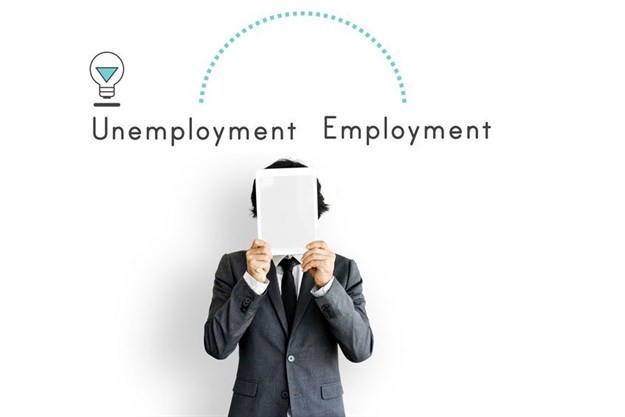
In terms of s186(1)(d) of the Labour Relations Act, where an employer, who has dismissed a number of employees for the same or similar reasons, offers re-employment to one or more of the previously dismissed employees but refuses to re-employ another, such refusal shall constitute a dismissal.
The above scenario is referred to as selective re-employment. Like all other forms of dismissal, this type of dismissal must also be substantively and procedurally fair, failing which, the employee(s) in question may be awarded re-instatement.
A prime example of this is in the case of Liberated Metalworkers Union of South Africa obo Molefe and others and Harvest Group [2018] (CCMA). In this case, the employer had dismissed a group of employees for participating in an unprotected strike during 2016. Following this dismissal and in early 2017, the employer re-employed 11 of the formally dismissed employees. On word of this, the Union engaged with the employer who confirmed the employment of the 11 former employees. It was agreed that by implication, there was a demand by the union to have their members re-employed and that the employer had refused to re-employ them. The union thereafter referred an unfair dismissal dispute to the CCMA.
In defence of this claim, the employer acknowledged that it had re-employed the 11 employees in question, however that their re-employment was a bona fide mistake, either because they did not realise that they had participated in the strike, some of the employees had failed to disclose that they were part of the strike and others had falsified their particulars.
In order to succeed in their claim, the employees had to prove that the employer re-employed employees who were dismissed for the same or similar reason as they were, they tendered their services and when they tendered their services, they were unfairly denied re-employment. In dismissing the employers’ defence, the arbitrator found that the employer knew that the 11 employees were part of the group of employees dismissed due to their participation in the strike and that they were employed because the employer needed experienced staff to fill an urgent order. As such, and because it was common cause that the 54 applicants had tendered their services and this tender was rejected, he found that the selective re-employment by the employer was unfair and ordered reinstatement of the 54 previously dismissed employees.
This case highlights the risks involved with re-employment of previously dismissed employees.
Where an employer is contemplating re-employment of a dismissed or retrenched employee and another employee who was dismissed or retrenched for the same or similar reason tenders their services, they should be afforded the opportunity to state why they should be re-employed and a refusal to re-employ him/her should also be for a fair reason.